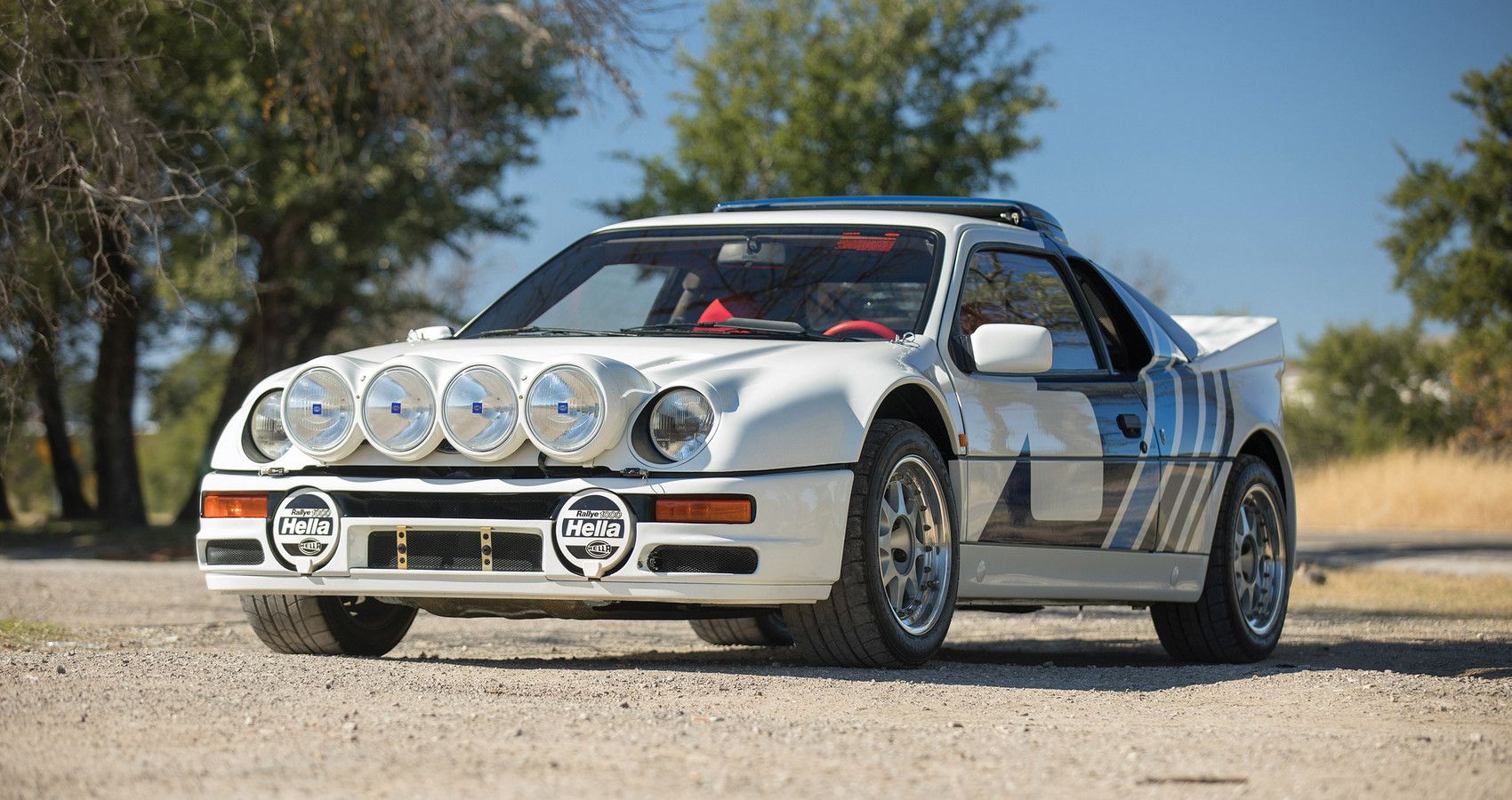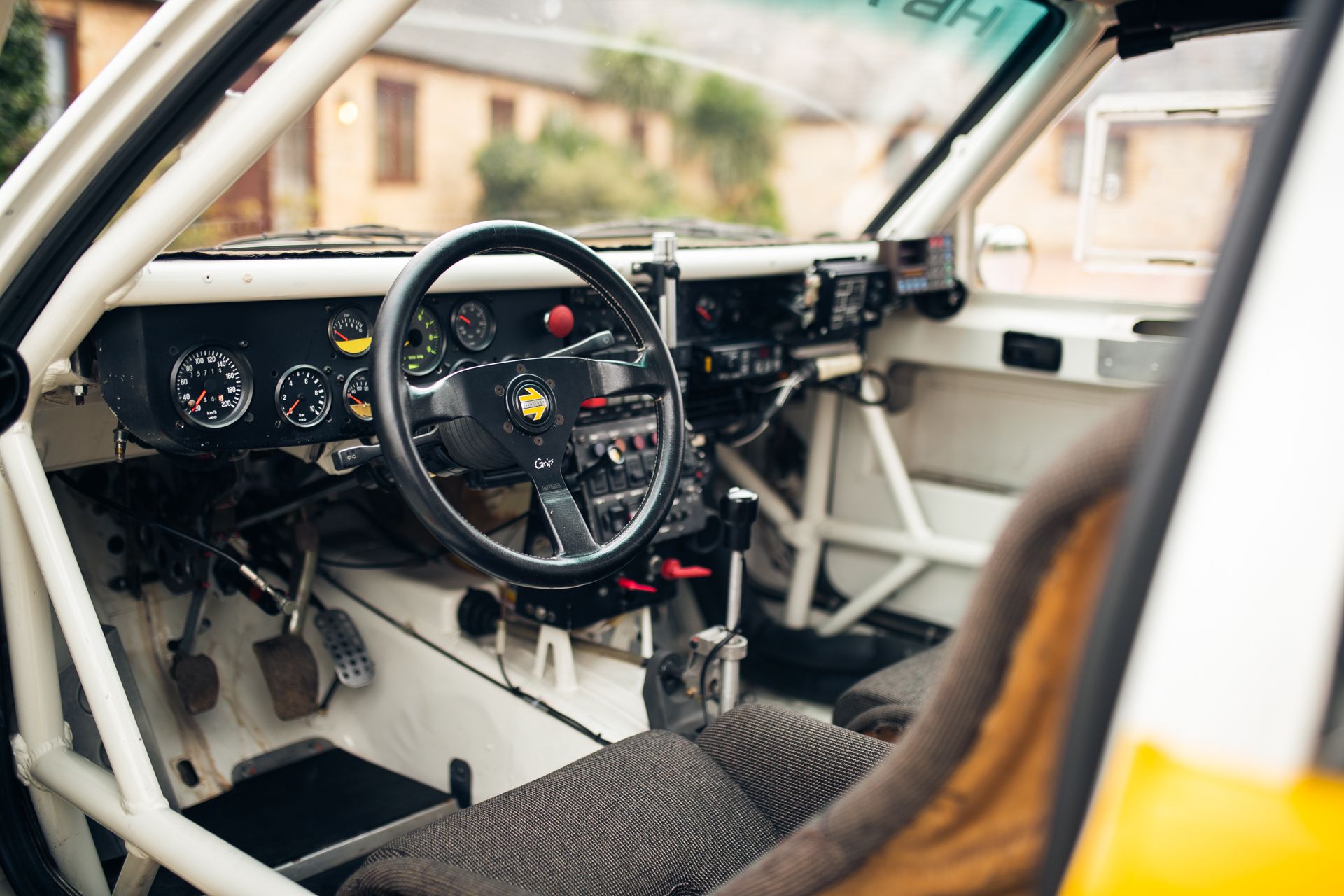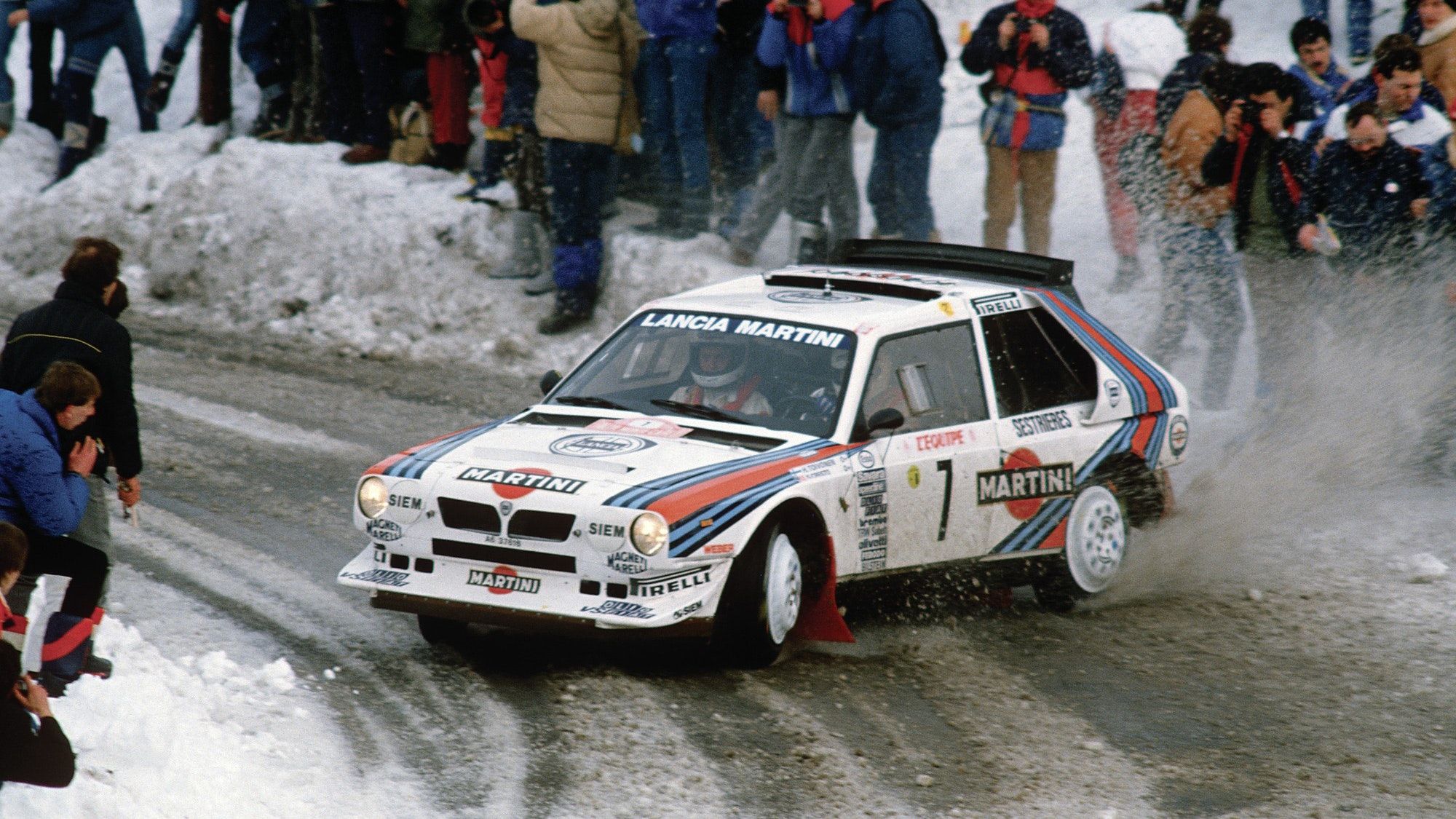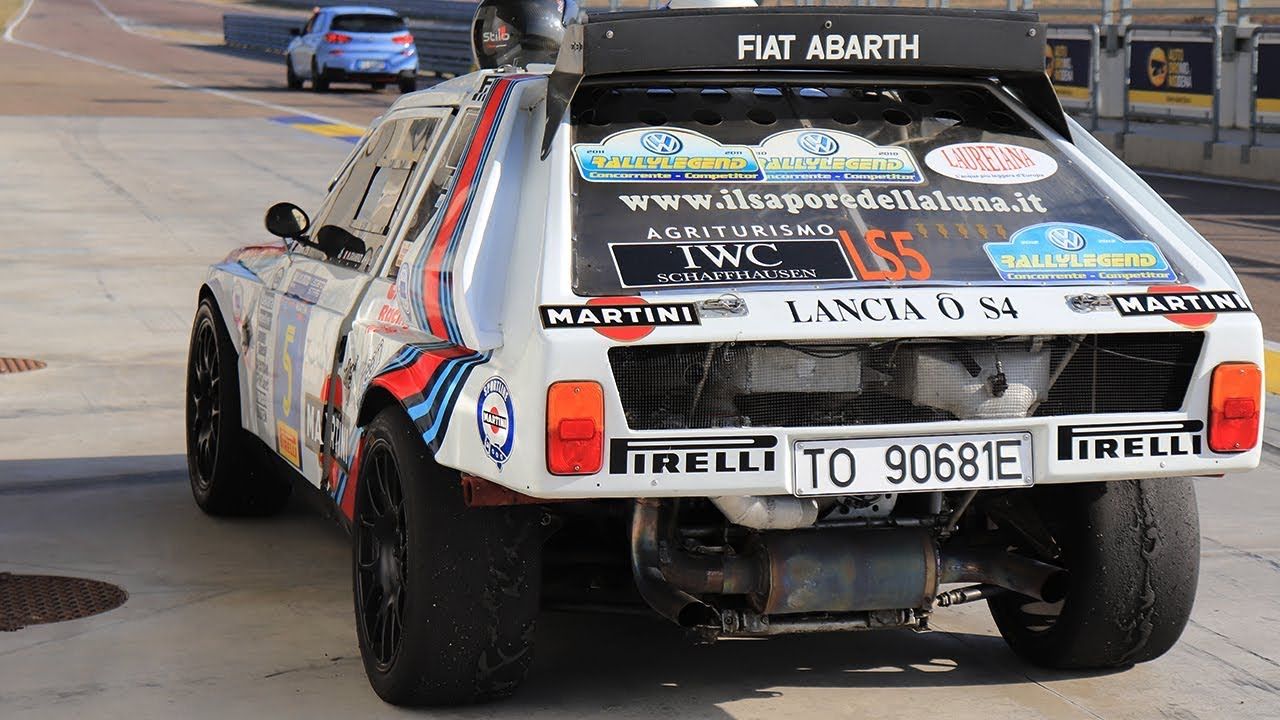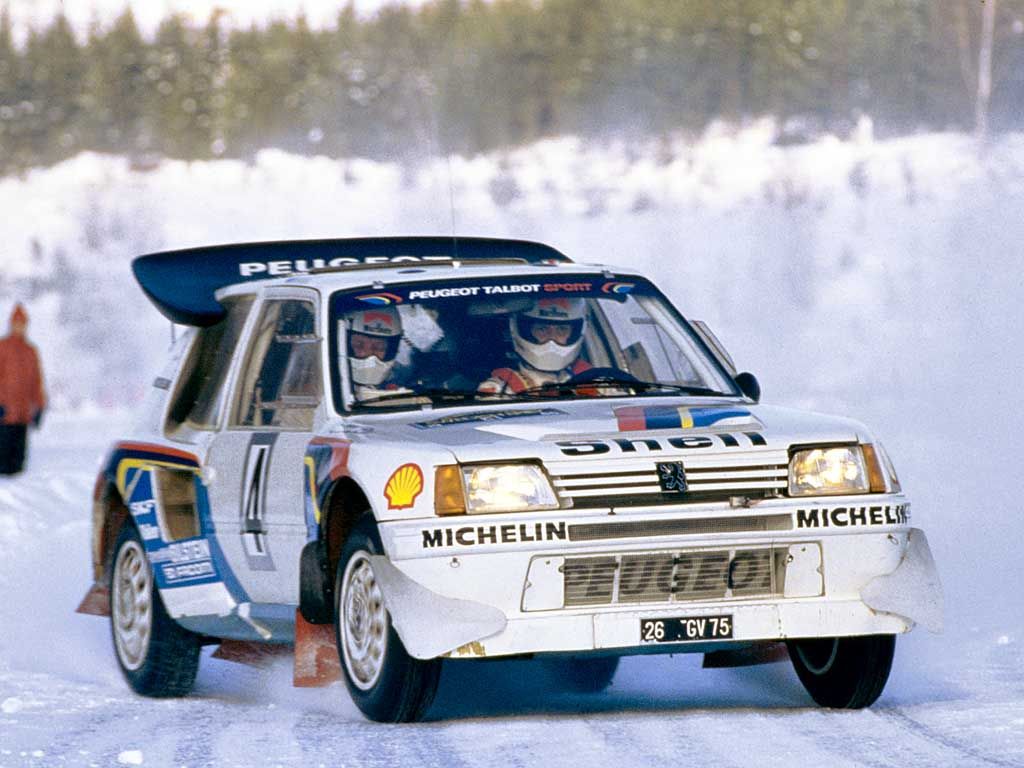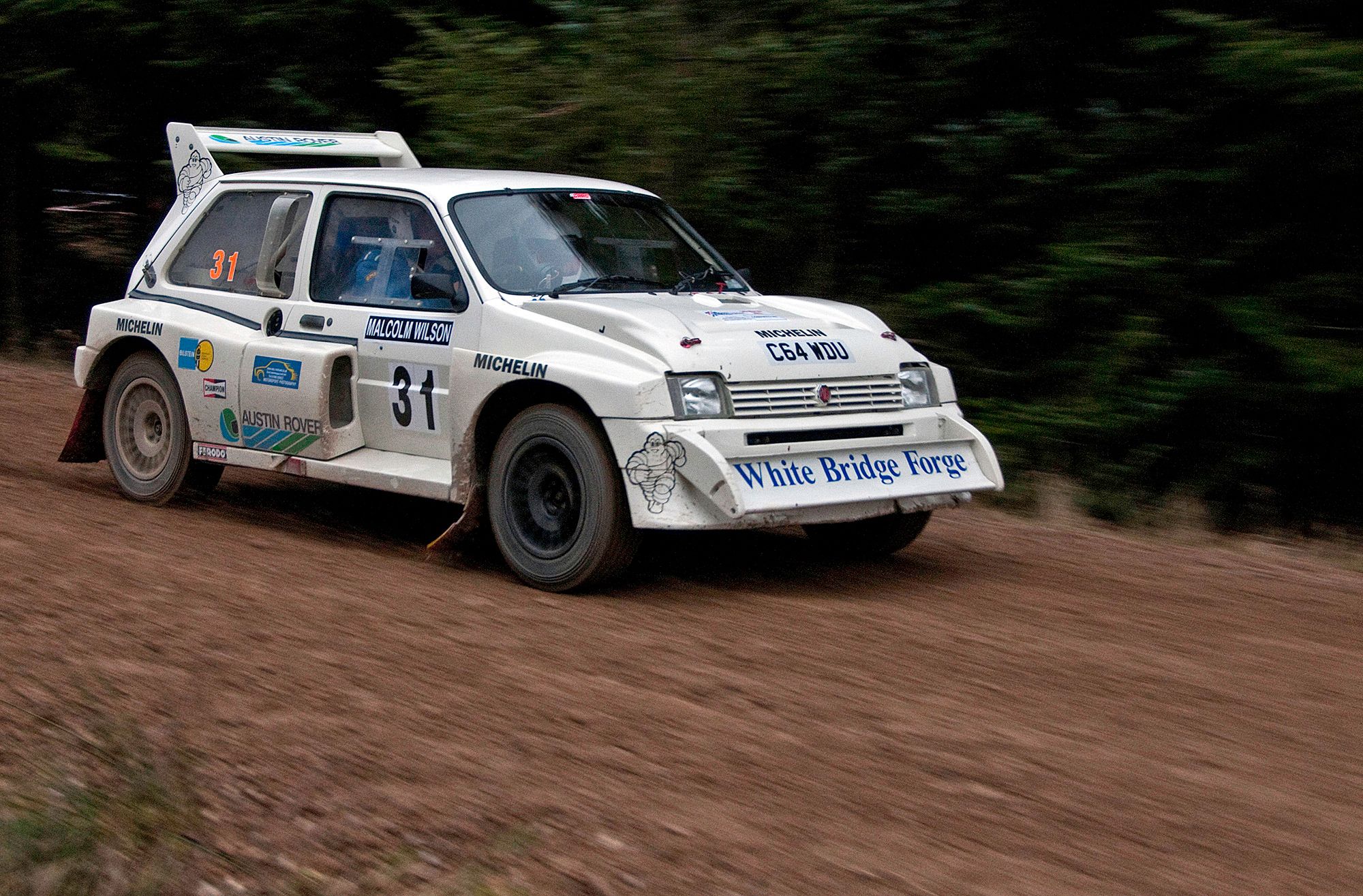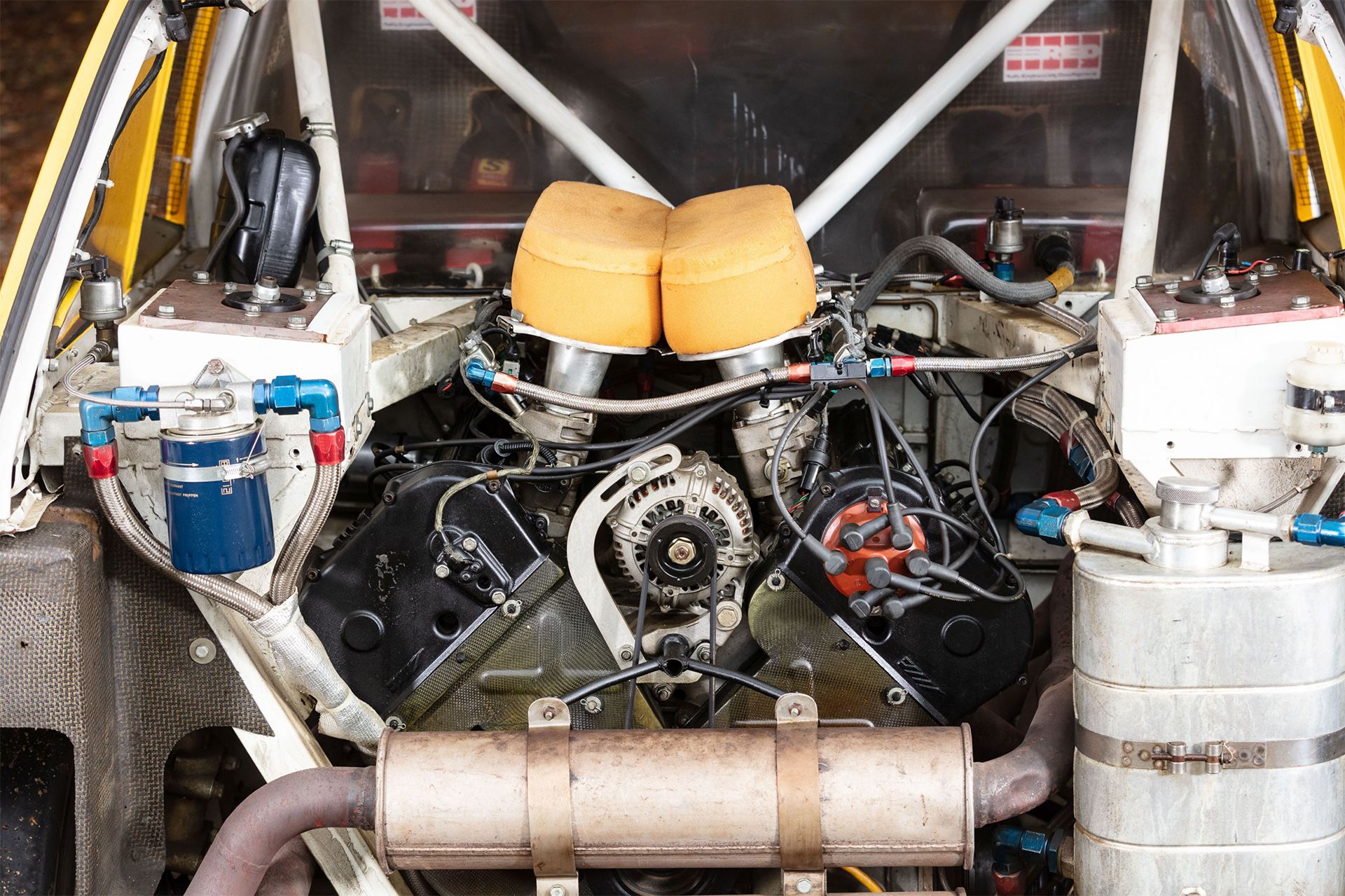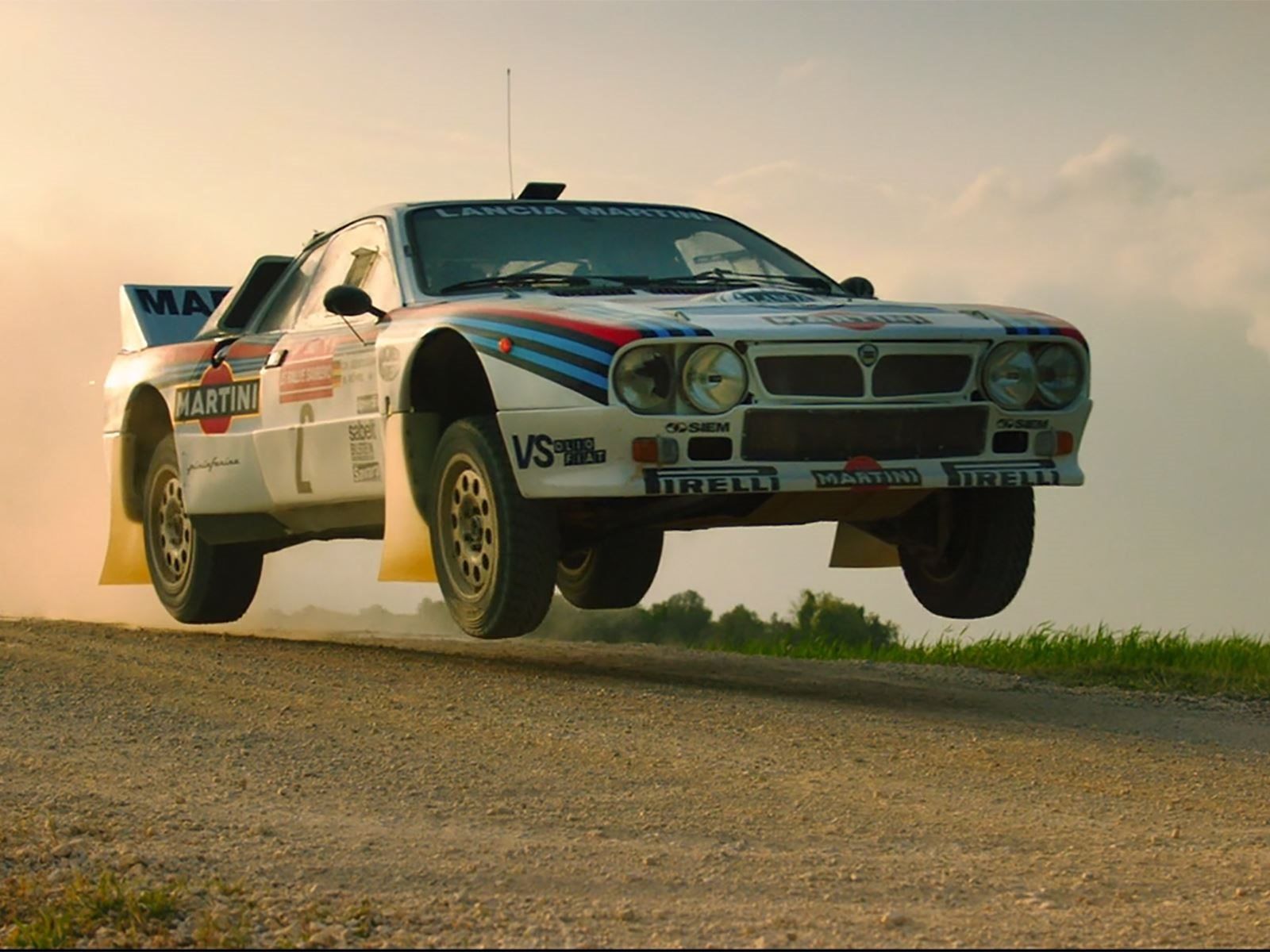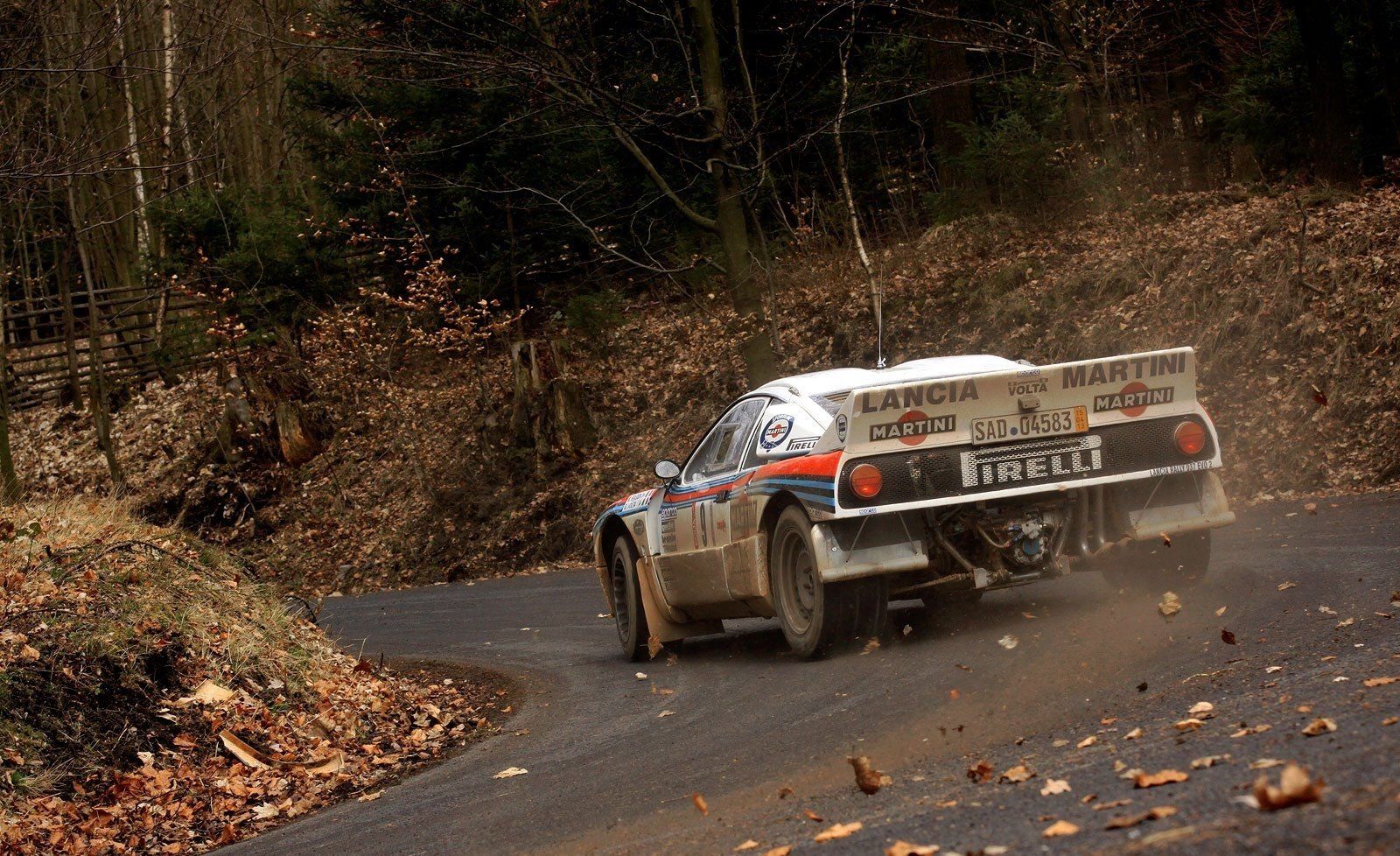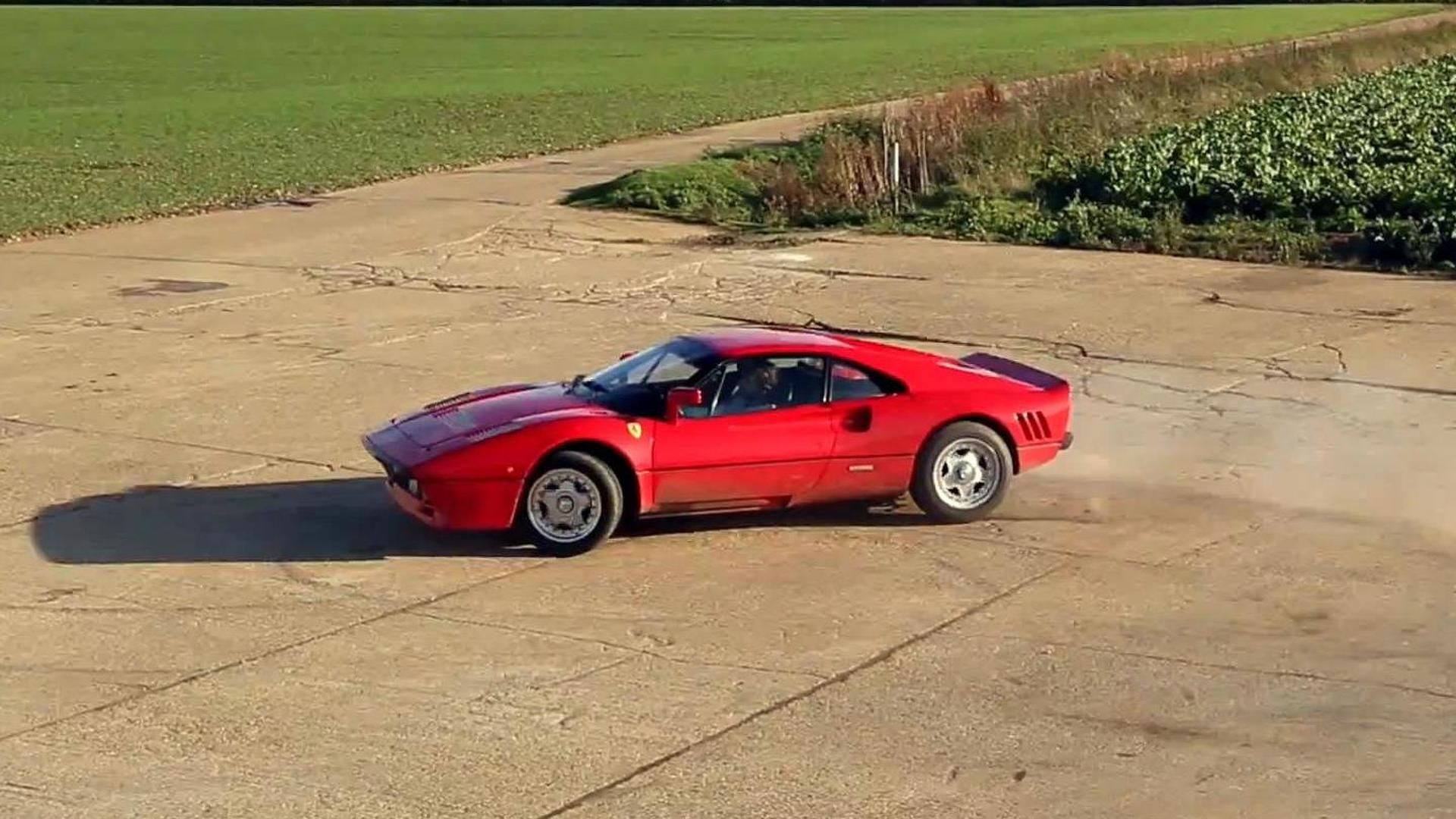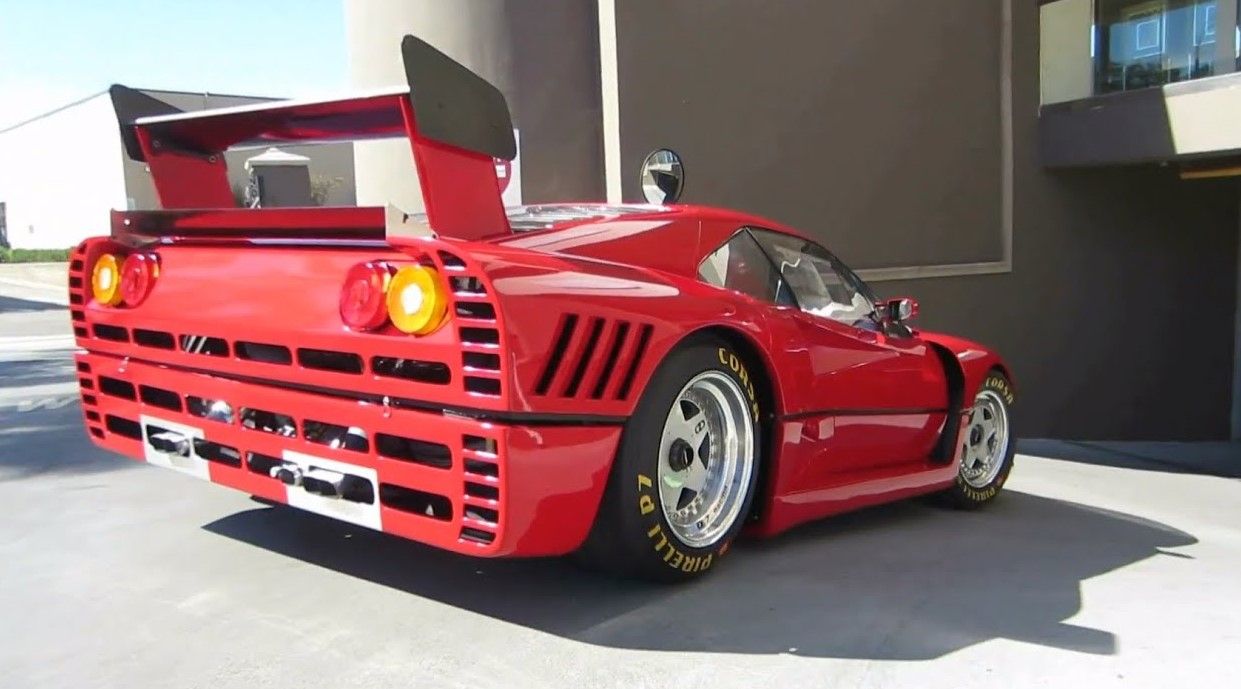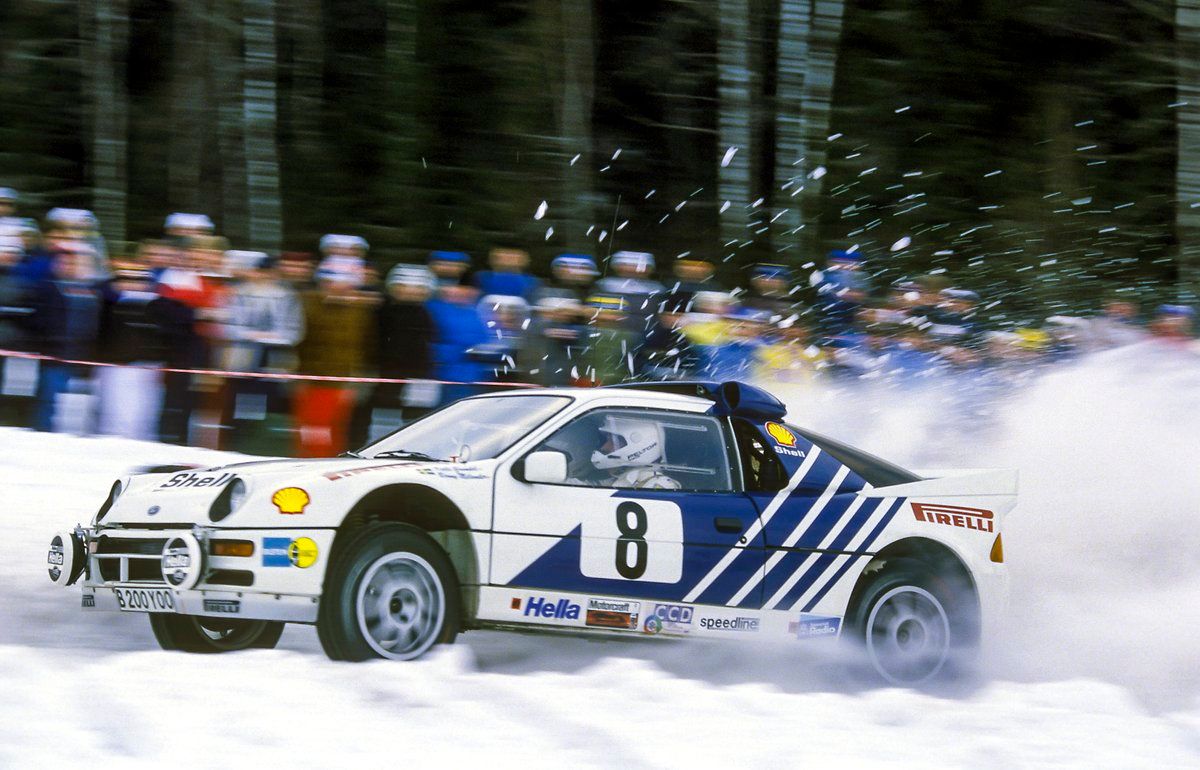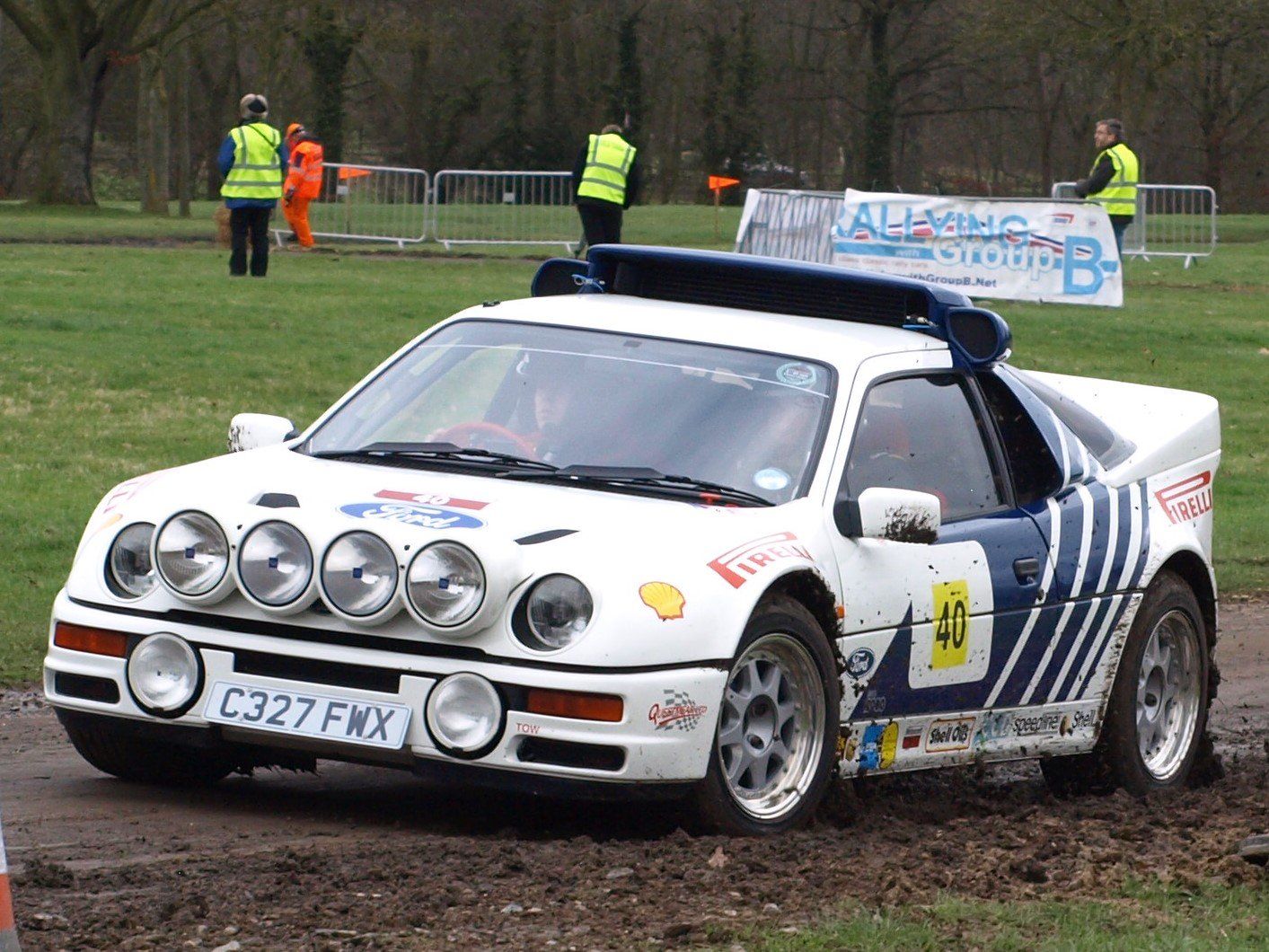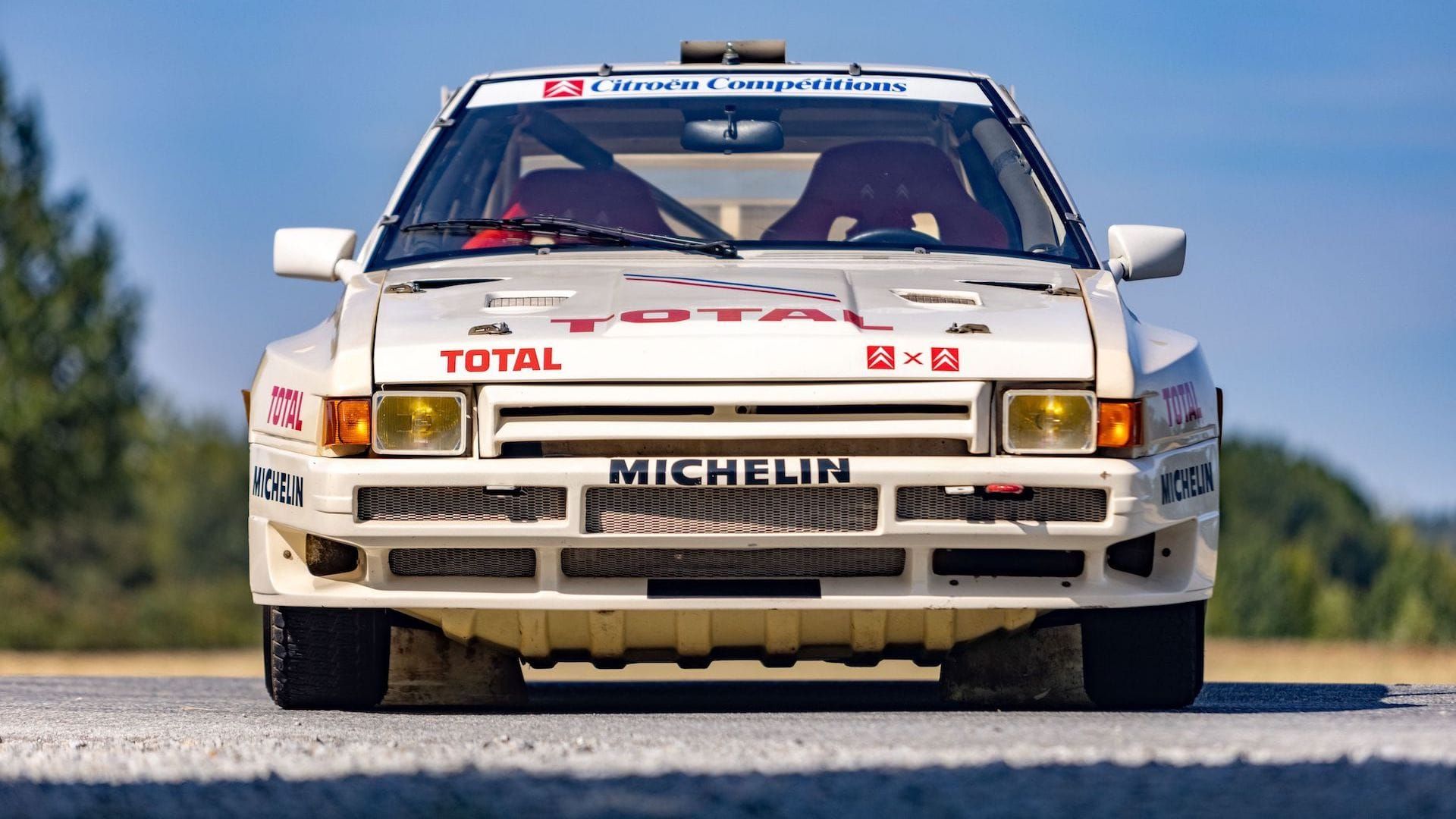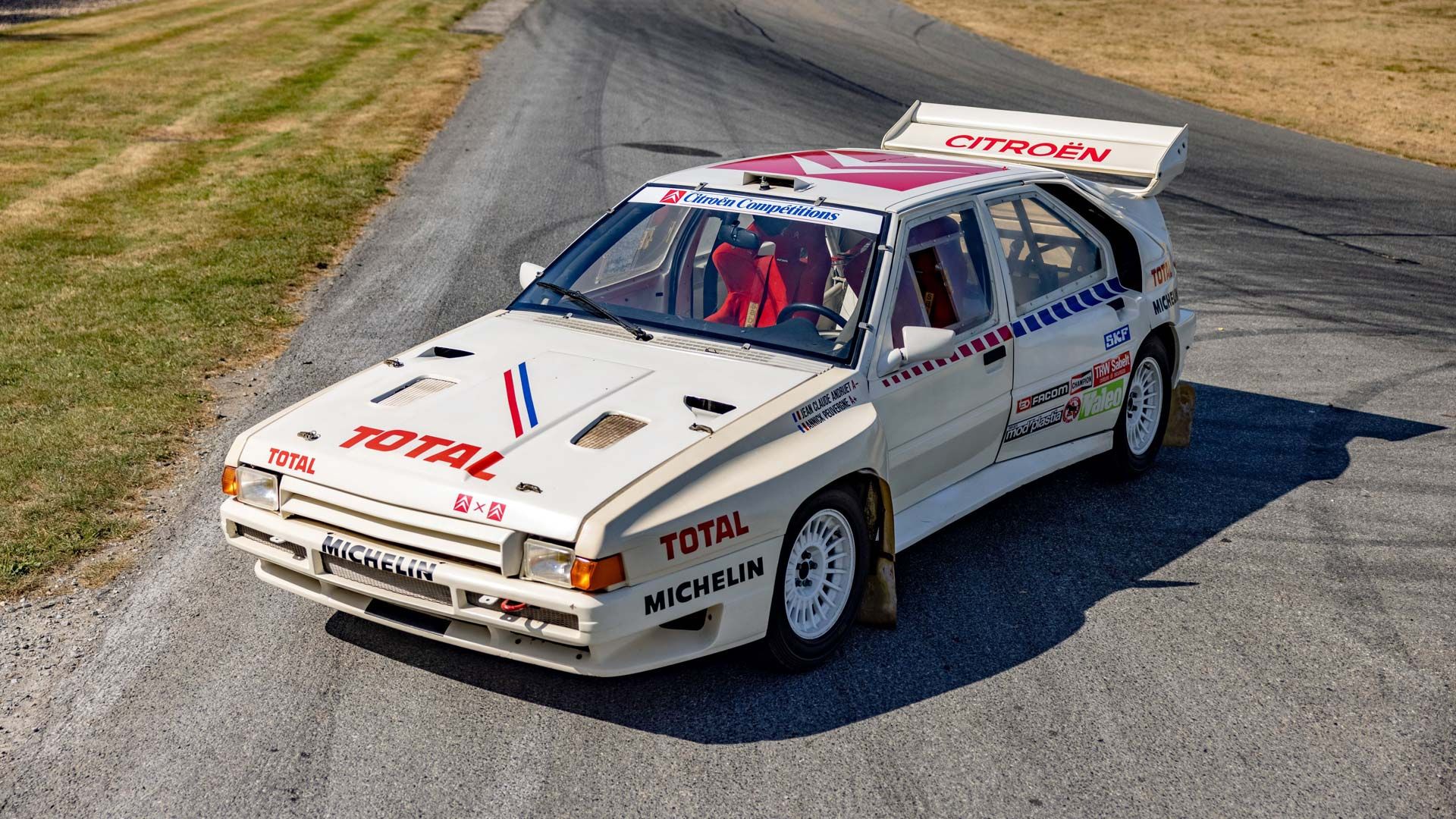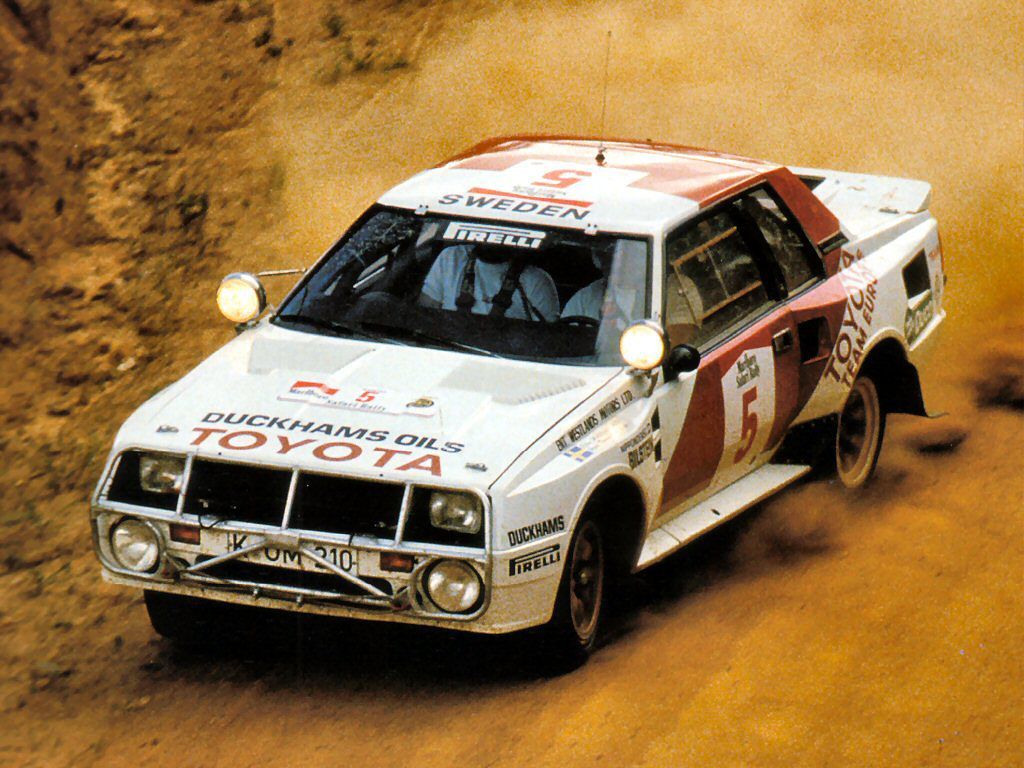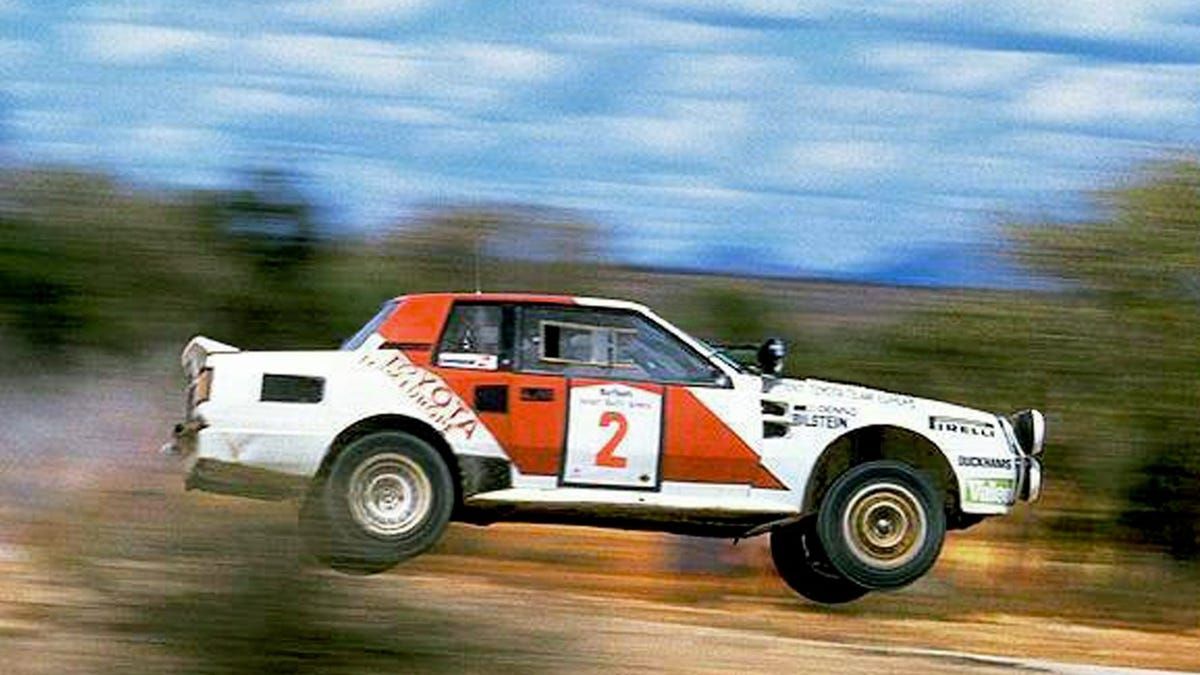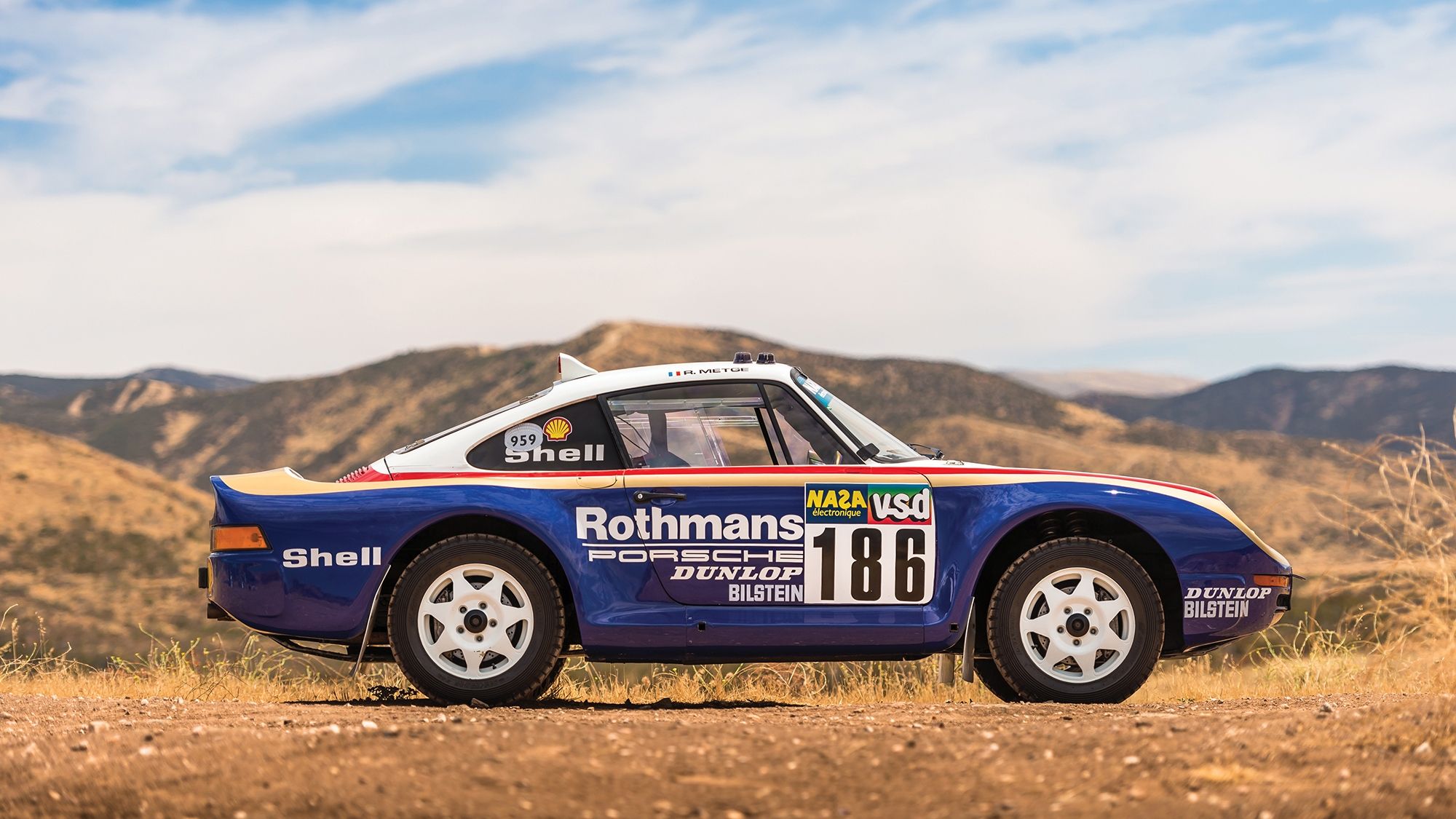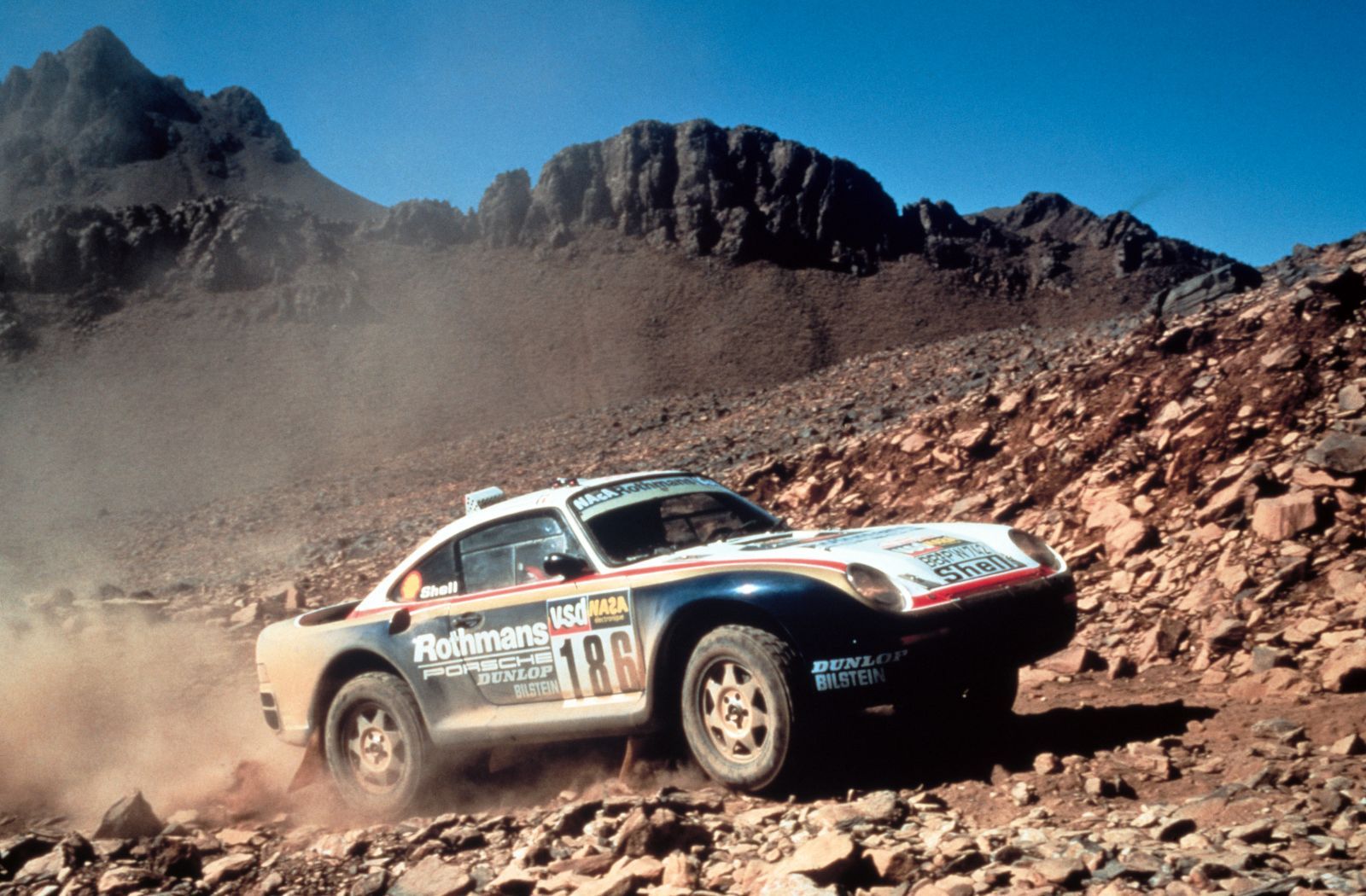Rallying could be described as a very acquired spectator sport, hours spent hanging around, usually in the cold, alongside a desolate rutted dirt road waiting for the competitors to appear as they roar past in a hail of gravel and mud, only to simply disappear within the blink of an eye. It may sound like a tedious endeavor, but there is something truly magical about the experience, something that stirs the soul and reminds motorsport fans about the reasons why they bother.
Once a hallowed haven for racers, the ever-evolving sport now boasts environmentally-friendly vehicles like the hybrid 2022 Hyundai WRC i20, but the sport as a whole has brought with it numerous four-wheeled icons, cars that pushed the boundaries of engineering and technology with legendary examples like the insane Subaru Impreza S3 WRC becoming a dream car and wall poster for many fans during its reign the nineties. While events from that period were among some of the most-watched thanks to improved television coverage yet for the large majority of die-hard fans, there was simply replacing what had come before it.
What would now be considered to be a health and safety nightmare, the Group B rally category brought with it the type of motorsport vehicle that would previously have only been a 'what if we' exercise, cars that were simply designed to make as much power as possible and obliterate cross-country point-to-point runs. Snarling beasts fed by superchargers, turbochargers, and in most cases both, here are 10 Group B rally monsters that couldn't be tamed.
10 Audi Sport Quattro S1
Making its debut at the 1000 Lakes Rally in 1985 the Audi Quattro S1 was a revelation, its huge overhangs, spoilers, and reduced wheelbase when compared to its predecessor all providing far superior aerodynamics and handling characteristics.
Pumping out in excess of 500hp the S1 Quattro would rocket to 60mph in as little as 3 seconds, hailed as the most influential rally car ever produced some cars were even fitted with experimental gearboxes that evolved into what is now known as the DSG unit.
9 Lancia Delta S4
Cramming together a selection of choice parts the Delta S4 was powered by a 1.8-liter mid-engined in-line four fed by both a KKK turbocharger and an Abarth Volumex supercharger to achieve an output that was officially listed as 550hp mark, yet was closer to 1000hp.
Blitzing to 60mph in as little as 2.4 seconds, the Delta S4 was described by drivers as overwhelming, its weight transfer severe and unwieldy, while the engine setup and open layout pushed internal cabin temperatures to levels of concern.
8 Peugeot 205 Turbo 16
It took the engineers at Peugeot just 14 months to design and build the phenomenal mid-engined Turbo 16, a 350hp French four-wheel-drive weapon that was further enhanced to deliver a truly bonkers 550hp in the later Evolution models.
A true pocket rocket, the mighty T16 sets a blistering 0-60 mph dash of 3.5 seconds, offers up fantastic if not tricky handling, and despite being one of the more approachable Group B cars could still prove to be too much for some drivers.
7 MG Metro 6R4
The road-going version of the Austin Metro was a favorite choice of vehicle for drivers at either end of the age spectrum, newly qualified drivers, and those in retirement. It was cheap, cheerful, and achingly slow to drive, whereas the Group B version, wasn't.
One of the craziest rally entries to ever exist, the pumped-up Metro 6R4 was powered by a 3.0-liter 4-cam 24-valve V6 that delivered a muscular 410hp to all four wheels, allowing the speedo needle to nudge 100 mph in as little as 8 seconds.
6 Lancia 037
Also referred to as Tipo 151 the Lancia 037, influenced by the design of the Beta Montecarlo, was the last rear-wheeled drive car to win the WRC as teams moved to harness the improved grip offered by four-wheel systems.
Utilizing the engine from the Abarth 131, a supercharger was added to increase output to 250hp, later models would see power increased to 325hp thanks to further tweaks, the Lancia 037 was a short-lived supercar with a lasting legacy.
5 Ferrari 288 GTO
It may seem like a laughable notion today, but the thought of sending a Ferrari along a rock-peppered rally stage was nothing new way back in the '80s, as the 308 had already seen action in various stages and events around the globe.
Sadly, it never competed due to the collapse of Group B. The specially designed 288 GTO featured a bespoke 2.8-liter twin-turbocharged engine capable of producing 650hp which would enable it with a claimed top speed of 225mph.
4 Ford RS200
Looking to retain and grain their pedigree for winning rally sports events, Ford set about creating the RS200, the only Group B car to ever be specifically designed for the class and not a 'silhouette' vehicle based around another car.
With a Cosworth-supplied 1.8-liter turbocharged engine that produced 444hp, the RS200 utilized technology derived from years of F1 racing, increasing downforce and overall handling prowess to make it as competitive as possible.
3 Citroën BX 4TC
Wanting to provide a notable push to its brand, Citroën decided that the development of their own Group B racer would be the ideal promotion tool and, after a number of prototype vehicles, the end result was the awkwardly styled BX 4TC.
Due to a very limited budget, the Citroën was not as advanced as its competitors, it was heavy, only dished out 380hp, handled poorly, and proved to be out of its depth, finally being pulled from service following a myriad of losses and failures.
2 Toyota Celica TwinCam Turbo
Opting to retain its rear-wheel-drive powertrain, the Celica used a 380hp turbocharged 2.1-liter engine to enable its dominance during the Africa-based stages also relying on its reliability and strength to outshine those that ran against it.
Sending all of that power to the rear wheels proved to be the TCT's undoing as it simply couldn't compete on slippery surfaces when facing down AWD competition, forcing drivers to back off the pace and compromise in their racing approach.
1 Porsche 959
It was designed and built to take the fight to Audi during the high-flying Group B years and was to become the first four-wheel driven Porsche, but the eventual release of the 959 meant that it would never get to compete against its native rival.
It was in the deserts of Dakar that the Porsche 959 made its name, powered by a 2.8-liter twin-turbocharged flat-6 that developed 400hp and could hit 130mph on any surface it defied all expectations and simply dominated the competition.

